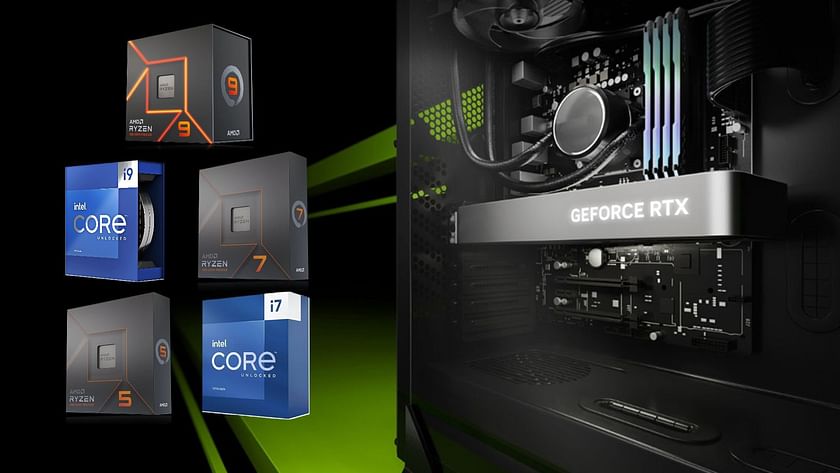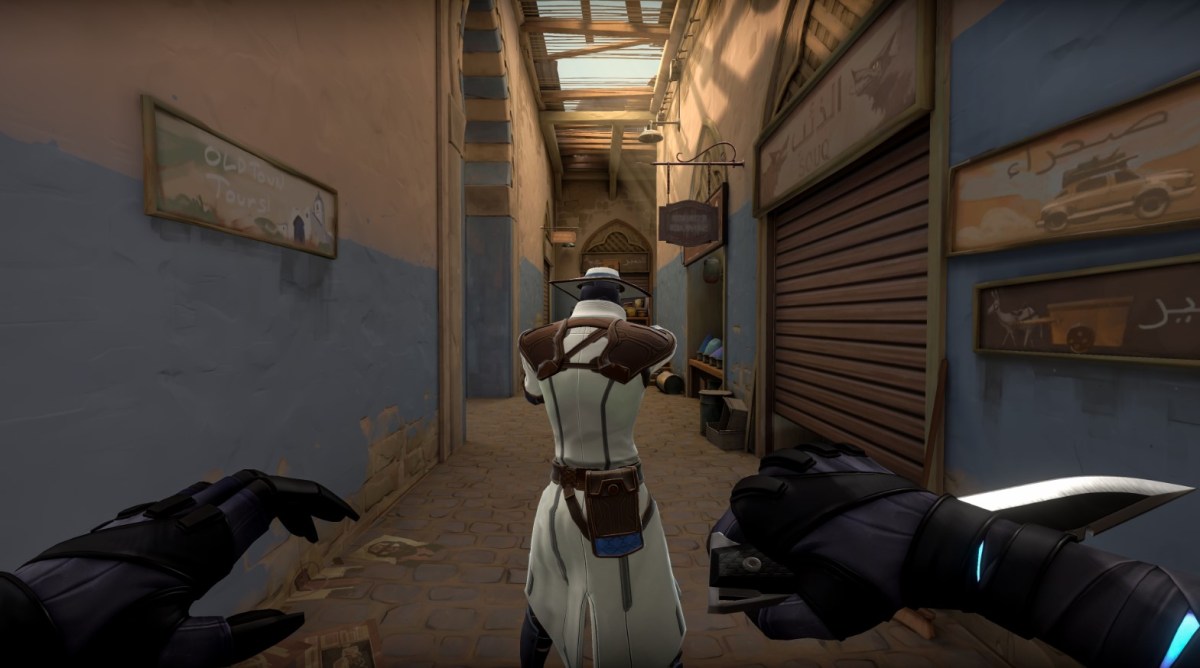Valorant, the popular competitive first-person shooter game developed by Riot Games, has taken the gaming world by storm. With its fast-paced gameplay and stunning graphics, it has quickly become a fan favorite among gamers. However, many players have been left wondering whether Valorant is more GPU intensive or CPU intensive.
In this article, we will delve into this question, providing you with all the information you need to know about Valorant’s hardware requirements.
Contents
How to Use: Is Valorant GPU or CPU Intensive?

Before we dive into the details, let’s first understand what exactly we mean by “GPU intensive” and “CPU intensive.” Generally, when we talk about a game being GPU intensive, it means that the game relies heavily on the graphics processing unit (GPU) for its performance. On the other hand, a game that is CPU intensive requires a powerful central processing unit (CPU) for optimal performance.
So, how can you use this information to determine whether Valorant is GPU or CPU intensive? Well, it all depends on your computer’s specifications. If you have a high-end graphics card, then Valorant will most likely be more GPU intensive for you. On the other hand, if you have a strong CPU but a weaker graphics card, then Valorant might be more CPU intensive for you.
Examples of Valorant Being GPU or CPU Intensive

To give you a better understanding, let’s look at some examples of Valorant being either GPU or CPU intensive. If you have a low-end graphics card, such as the NVIDIA GeForce GTX 1050, then Valorant will most likely be more CPU intensive for you. This is because your graphics card is not powerful enough to handle the game’s demanding graphics, so your CPU will have to compensate for it.
On the other hand, if you have a high-end graphics card, such as the NVIDIA GeForce RTX 3080, then Valorant will be more GPU intensive for you. This is because your graphics card can handle the game’s graphics without needing much help from your CPU.
Comparing Valorant’s GPU and CPU Usage
While it’s clear that Valorant requires both a good GPU and CPU for optimal performance, let’s compare the two and see which one has a bigger impact on the game’s performance. According to various benchmarks and tests, it seems that Valorant is slightly more GPU intensive than CPU intensive. This means that having a powerful graphics card will give you a better overall experience in the game.
However, this doesn’t mean that your CPU doesn’t matter at all. A strong CPU can still greatly improve your gameplay, especially when it comes to loading times and frame rates. So, while Valorant may be more GPU intensive, having a balance between a good graphics card and CPU is ideal for the best gaming experience.
Advice for Optimizing Your Hardware for Valorant

Now that we know that Valorant is slightly more GPU intensive, here are some tips for optimizing your hardware for the game:
Upgrade Your Graphics Card
As mentioned earlier, having a powerful graphics card is crucial for optimal performance in Valorant. If you have a low-end graphics card, consider upgrading to a higher-end one to improve your gameplay.
Keep Your Drivers Updated
Make sure to regularly update your graphics card drivers to ensure that it is functioning at its best. Outdated drivers can cause performance issues and decrease your FPS in games like Valorant.
Monitor Your Temperatures
It’s important to keep an eye on your temperatures while gaming. If your GPU is overheating, it can cause throttling and affect your performance. Make sure to have proper ventilation and cooling systems in place.

Information Security Asia is the go-to website for the latest cybersecurity and tech news in various sectors. Our expert writers provide insights and analysis that you can trust, so you can stay ahead of the curve and protect your business. Whether you are a small business, an enterprise or even a government agency, we have the latest updates and advice for all aspects of cybersecurity.

